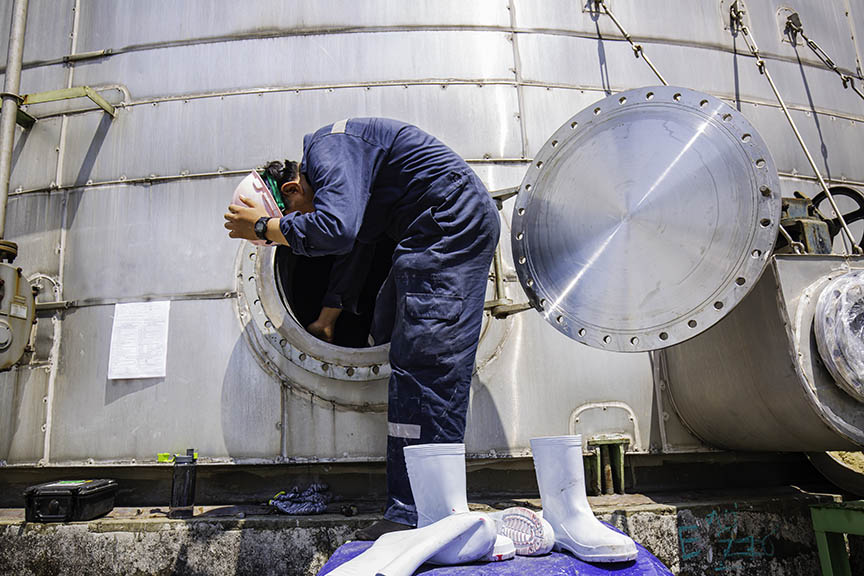Water storage tanks play an important role in sustaining people’s lives. They hold a great amount of water supply for daily household chores, agricultural irrigations, and commercial functions. However, no matter which type of unit is used for whatever application, these large containers are susceptible to damage if left under-maintained.
To save you from the hassle of having a water tank that suddenly goes bad, take time to learn some of the typical issues that your unit might encounter. In this list, you’ll also learn a thing or two on how to fix those problems.
1. Accumulation of sand and sediments
This is one of the most common issues associated with all kinds of rainwater tanks. A layer of stockpiled solids usually forms at the bottom and walls of the tank and it must be removed periodically. In some cases, sediment accumulation can be mitigated by installing a filter on the inlet to the tank. But for those who consider this as an expensive and less practical solution, draining and rinsing the stainless-steel tank out every few years can actually do the trick.
2. Algae growth
This happens when the tank’s material does not block the sunlight or the unit’s lid has been lost or removed. The most reliable solution to prevent algae formation is to limit the exposure of your supply to sunlight. You might consider placing your unit where there is enough shade. It is also recommended to choose an opaque plastic water storage tank because its material does not allow light into the unit.
3. Bent or broken pipes
Bent or broken pipes that connect to the fill or discharge ports are as common as leaks around tank fittings. It happens when piping was not attached with a suitable flexible connector at the polyester water tank. While the tank connections are practically strong, they are not designed for constant, high-stress conditions. The best fix to this problem is not to cut corners during installation just to save a few bucks. Make sure that your unit has flexible connectors installed at each of its connection points.
4. Tank tipping
Take care to ensure that any water runoff from rains or the tank overflow is properly directed away from the tank base area to ensure that erosion will not undermine the base of the unit. Doing this work from the very beginning of installation will save a lot of time and money later on and prevent damage to the tank or piping from tilting.
Pro Tip: It is far less expensive to regularly inspect your water tank for possible problem than it is to clean up the mess when it suddenly fails. So never put off even what seem like minor repairs to a water storage tank that’s been damaged.

